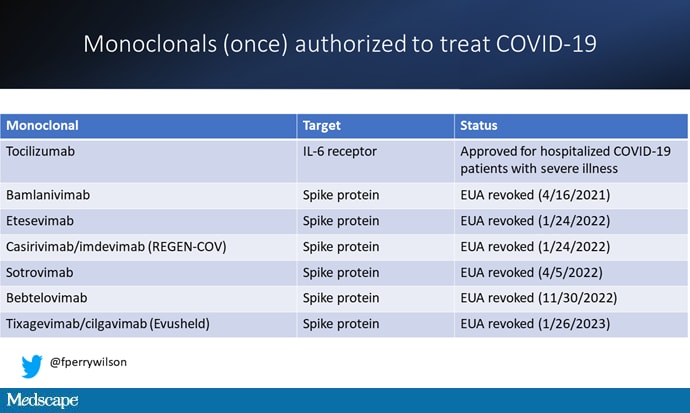- Joined
- Jun 8, 2008
- Messages
- 54,275
Good morning and happy belated Groundhog's Day.
Here is our February 2023 coronavirus thread for updates
"
The move kicks off a massive effort to unwind a sprawling set of changes put in place during the earliest days of the crisis to give the government greater flexibility to respond. Since then, most Americans have been fully vaccinated against the virus and life has largely returned to normal. Still, an average of more than 500 Americans are dying every day from covid-19.
Among the most significant effects of ending the emergencies are that many Americans could have to start paying for coronavirus testing and treatments, depending on their insurance coverage and where they live. Another would be the termination of Title 42, a public health measure put in place by the Trump administration that limited the inflow of migrants at the border. In addition, health-care providers who have come to rely on flexibility around hospital bed capacity and billing procedures will be affected.
The administration announced its decision as it criticized House Republican plans to vote on bills that would immediately end the emergency declarations, saying such a move “would create wide-ranging chaos and uncertainty throughout the health care system.”
The full extent of criminal activity targeting the U.S. government’s roughly $5 trillion in coronavirus aid may not be known for “years to come,” an investigative official warned Congress Wednesday, as he and others pleaded for new laws and money to combat waste, fraud and abuse, The Washington Post’s Tony Romm writes.
Appearing before the House Oversight and Accountability Committee, three federal officials pointed to the staggering amount of money stolen from federal aid programs since 2020. They called on lawmakers to enhance their powers to collect and monitor data on pandemic aid spending, bring civil and criminal charges, and recover taxpayer money.
The requests offered an early test for House Republicans, who havepromised to aggressively investigate Biden — even though much of the trouble that plagues pandemic spending dates back to the Trump administration. Check out The Post’s year-long investigation, “The covid money trail,” to learn more.
Resentment over pandemic public health measures is still running deep among activist Republicans, The Washington Post’s Yasmeen Abutaleb, Rachel Roubein and Isaac Arnsdorf report. The issue is emerging as a cornerstone of the party’s messaging even though many Americans have put the virus behind them.
Pharmaceutical companies are refusing to refund $1.4 billion in advance payments for coronavirus vaccines doses that were supposed to go toward immunizations in lower-income nations but have since been canceled due to plummeting demand for the shots, Stephanie Nolen and Rebecca Robbins report for the New York Times.
"
Here is our February 2023 coronavirus thread for updates
"
The latest
President Biden will end the national emergencies to combat the pandemic on May 11, my colleagues Tyler Pager and Lena H. Sun report.The move kicks off a massive effort to unwind a sprawling set of changes put in place during the earliest days of the crisis to give the government greater flexibility to respond. Since then, most Americans have been fully vaccinated against the virus and life has largely returned to normal. Still, an average of more than 500 Americans are dying every day from covid-19.
Among the most significant effects of ending the emergencies are that many Americans could have to start paying for coronavirus testing and treatments, depending on their insurance coverage and where they live. Another would be the termination of Title 42, a public health measure put in place by the Trump administration that limited the inflow of migrants at the border. In addition, health-care providers who have come to rely on flexibility around hospital bed capacity and billing procedures will be affected.
The administration announced its decision as it criticized House Republican plans to vote on bills that would immediately end the emergency declarations, saying such a move “would create wide-ranging chaos and uncertainty throughout the health care system.”
|
The full extent of criminal activity targeting the U.S. government’s roughly $5 trillion in coronavirus aid may not be known for “years to come,” an investigative official warned Congress Wednesday, as he and others pleaded for new laws and money to combat waste, fraud and abuse, The Washington Post’s Tony Romm writes.
Appearing before the House Oversight and Accountability Committee, three federal officials pointed to the staggering amount of money stolen from federal aid programs since 2020. They called on lawmakers to enhance their powers to collect and monitor data on pandemic aid spending, bring civil and criminal charges, and recover taxpayer money.
The requests offered an early test for House Republicans, who havepromised to aggressively investigate Biden — even though much of the trouble that plagues pandemic spending dates back to the Trump administration. Check out The Post’s year-long investigation, “The covid money trail,” to learn more.
Other important news
Children lost out on more than one-third of a school year’s worth of learning when in-person instruction was halted during the coronavirus pandemic, according to a sweeping global studypublished this week in the journal Nature Human Behavior. Two years later, they still haven’t overcome those deficits, according to the study.
|
|
|
Resentment over pandemic public health measures is still running deep among activist Republicans, The Washington Post’s Yasmeen Abutaleb, Rachel Roubein and Isaac Arnsdorf report. The issue is emerging as a cornerstone of the party’s messaging even though many Americans have put the virus behind them.
Pharmaceutical companies are refusing to refund $1.4 billion in advance payments for coronavirus vaccines doses that were supposed to go toward immunizations in lower-income nations but have since been canceled due to plummeting demand for the shots, Stephanie Nolen and Rebecca Robbins report for the New York Times.
"













![author['full_name'] author['full_name']](https://clf1.medpagetoday.com/media/images/author/kristenMonaco_188.jpg)




![author['full_name'] author['full_name']](https://clf1.medpagetoday.com/media/images/author/ESusman_188.jpg)









300x240.png)